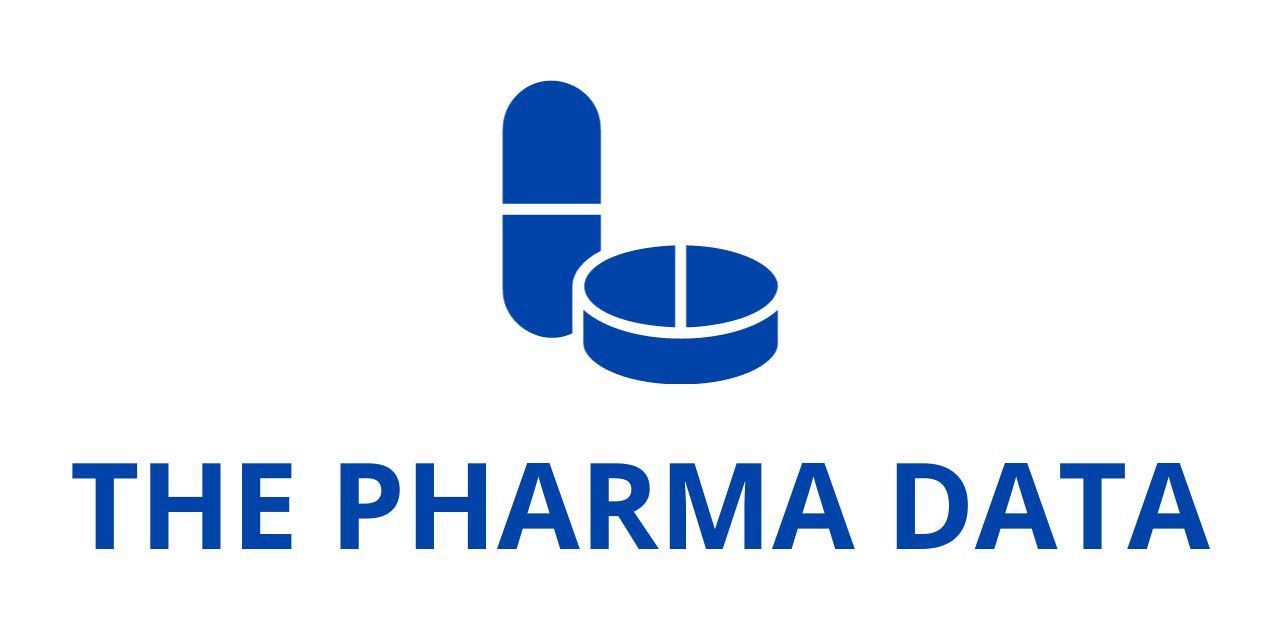
Survey: Americans Shocked by Rx Costs, Few Talk to Pharmacists
A recent nationwide survey conducted by Lumicera Health Services— the specialty pharmacy arm of Navitus Health Solutions—has unveiled a paradox at the heart of the U.S. healthcare system. While Americans place substantial trust in pharmacists and value their guidance, a vast majority are not leveraging this relationship to address the rising cost of medications. The findings point to a missed opportunity that, if seized, could significantly improve both medication affordability and adherence.
Drawing from a sample of 2,000 U.S. adults aged 18 and older, the survey uncovers two key issues: the prevalence of financial strain due to unexpected prescription costs and the underutilization of pharmacists as a trusted resource to mitigate that burden. The data tells a sobering story—three out of four respondents (75%) reported being caught off guard by the cost of a medication at some point, yet an overwhelming 74% admitted they have never brought up financial challenges with either their doctor or pharmacist. This silence, experts say, is not just a matter of personal choice but one with tangible consequences for health outcomes.
“Our survey reveals an opportunity to improve medication affordability through better patient-pharmacist dialogue,” said Dr. Ben Heiser, PharmD, MBA, CSP, LSSGB, and General Manager of Specialty Pharmacy at Lumicera Health Services. “When patients don’t bring up cost concerns, they miss access to assistance programs, generic alternatives, and other resources pharmacists can connect them with. This silence can affect both affordability and medication adherence.”
High Trust, Low Engagement: A Missed Connection
Perhaps the most striking disconnect revealed by the survey is the contrast between how much people trust their pharmacists and how little they actually engage with them in meaningful conversations about their prescriptions. According to the findings, 89% of respondents stated they feel comfortable asking their pharmacist questions, and 75% expressed appreciation for having a pharmacist who knows them personally. These figures suggest a strong foundation of trust and accessibility.
Despite this, more than half (55%) of those surveyed said they rarely ask any questions about their medications, and a surprising 21% said they never inquire about anything at all. Critical topics like potential side effects, insurance coverage options, or cost-saving alternatives such as generics or different pharmacy price points are often left undiscussed. This lack of dialogue leaves patients uninformed and potentially vulnerable to higher costs or poor adherence, which can lead to worsened health outcomes and higher downstream healthcare spending.
Cost Surprises and Limited Price Comparison Habits
The survey findings reinforce the broader economic reality that many Americans face: even with health insurance, prescription medications can be prohibitively expensive. The study found that 75% of participants had experienced surprise at the checkout counter due to the unexpected cost of a prescription. Yet, despite these financial shocks, the majority of patients do little to proactively manage their medication expenses.
More than half of respondents (56%) admitted they do not research cost-saving alternatives, and 54% said they have never compared prescription prices across major retailers such as Walmart, Costco, or Walgreens. These habits—or lack thereof—highlight a widespread knowledge and behavior gap in how patients navigate prescription drug pricing, often missing the potential for substantial savings.
Moreover, affordability concerns aren’t simply theoretical. One in three (33%) survey participants reported experiencing difficulty affording their medications. The impact of these challenges goes beyond temporary discomfort; it can lead to real-life consequences in the form of skipped treatments and unfilled prescriptions.
When Cost Becomes a Barrier to Care
The consequences of high medication costs are clearly taking a toll. According to the data, nearly one-third of Americans (30%) have, at some point, chosen not to pick up a prescription. The reasons cited include the financial burden, the distance to the pharmacy, or frustration with long wait times. Whatever the cause, the outcome is the same—patients are left without the therapies they need.
Skipping medications due to cost isn’t just a short-term decision; it can have long-term health and financial implications. Conditions that go untreated can progress, leading to more severe symptoms, hospitalizations, or the need for expensive emergency care. And yet, a conversation with a pharmacist—a healthcare professional readily available to most Americans—could be the key to avoiding this outcome.
Specialty Pharmacies: An Underused Resource with Unique Potential

Another area the survey explored is public awareness and use of specialty pharmacies. These specialized providers play a critical role in supporting patients who require complex therapies, often for chronic or rare conditions. According to Lumicera’s findings, awareness is relatively high: 75% of respondents said they understand what differentiates a specialty pharmacy from traditional retail or mail-order pharmacies. Additionally, 59% were able to name a specific specialty drug or condition.
However, despite this growing awareness, actual use of specialty pharmacies remains limited. Only 38% of those surveyed reported having ever filled a prescription through a specialty pharmacy. This gap between awareness and utilization presents another opportunity for healthcare stakeholders to better educate patients on the comprehensive support services these pharmacies can offer.
“The results of this survey demonstrate why Lumicera’s approach to specialty pharmacy is so impactful,” Heiser added. “By actively engaging with patients and proactively addressing both clinical and financial concerns, we help people navigate complex therapies successfully. Our cost-plus model creates transparency that builds trust, and our high-touch care model ensures patients receive the support they need to stay on therapy.”
Lumicera’s “cost-plus” pricing model represents a significant departure from the opaque pricing structures that have traditionally dominated the pharmaceutical landscape. By clearly outlining the cost of the drug plus a fixed service fee, Lumicera aims to promote transparency, reduce confusion, and foster trust between patients and providers. This model, combined with their proactive, patient-first approach, allows patients to access the necessary therapies without being blindsided by unexpected costs or logistical challenges.
Moving Forward: Normalizing the Cost Conversation
One of the clearest takeaways from the survey is the need to normalize conversations about the cost of medications within the healthcare setting. Many patients may feel embarrassed, intimidated, or simply unaware that discussing affordability is not only acceptable but encouraged. Creating a culture where patients feel empowered to ask about cost-saving alternatives and support programs could unlock substantial improvements in access, adherence, and outcomes.
Pharmacists, often the most accessible healthcare professionals in a patient’s life, are uniquely positioned to lead this cultural shift. Whether it’s through in-store consultations, phone-based services, or digital platforms, pharmacies can provide the tools and education needed for patients to make informed decisions.
Empowering Patients Through Dialogue and Transparency
The results of Lumicera’s survey paint a complex but hopeful picture. While many Americans are grappling with the rising cost of medications, they are not without resources or support. The trust that exists between patients and pharmacists is real and substantial—it simply needs to be activated.
By fostering more open conversations, improving public education around prescription pricing, and expanding access to specialty pharmacy services, the healthcare industry can begin to close the gap between affordability and access. Companies like Lumicera Health Services are already paving the way, offering a transparent, patient-focused model that prioritizes both clinical outcomes and financial well-being.
In a healthcare system often characterized by complexity and fragmentation, the path to better medication adherence and affordability may be simpler than we think: it begins with a conversation.




